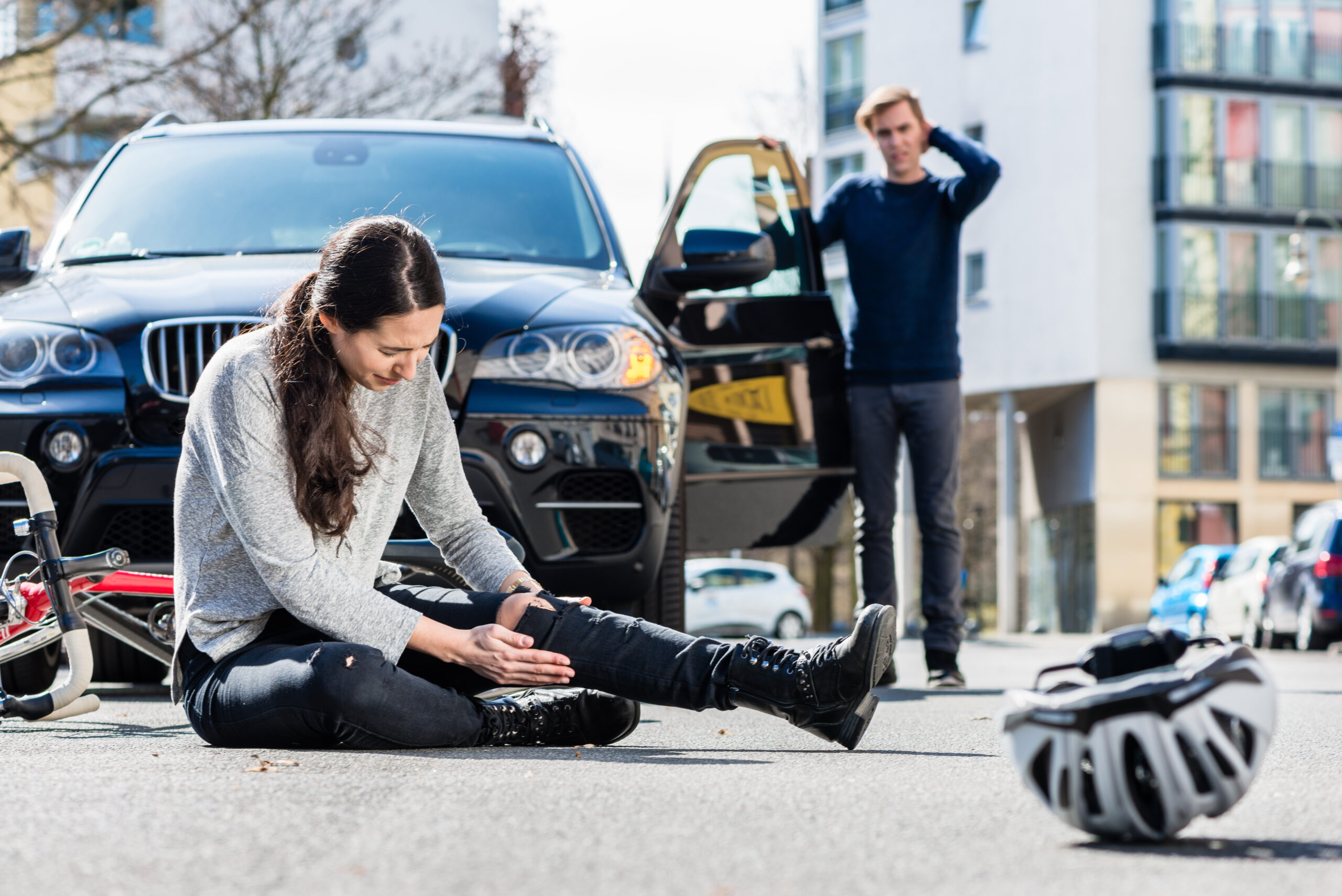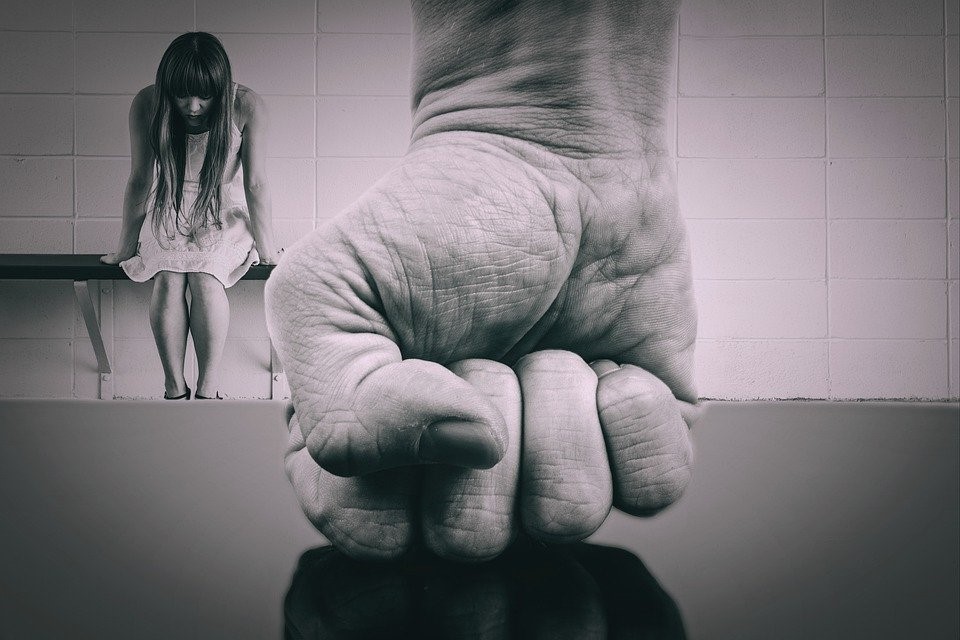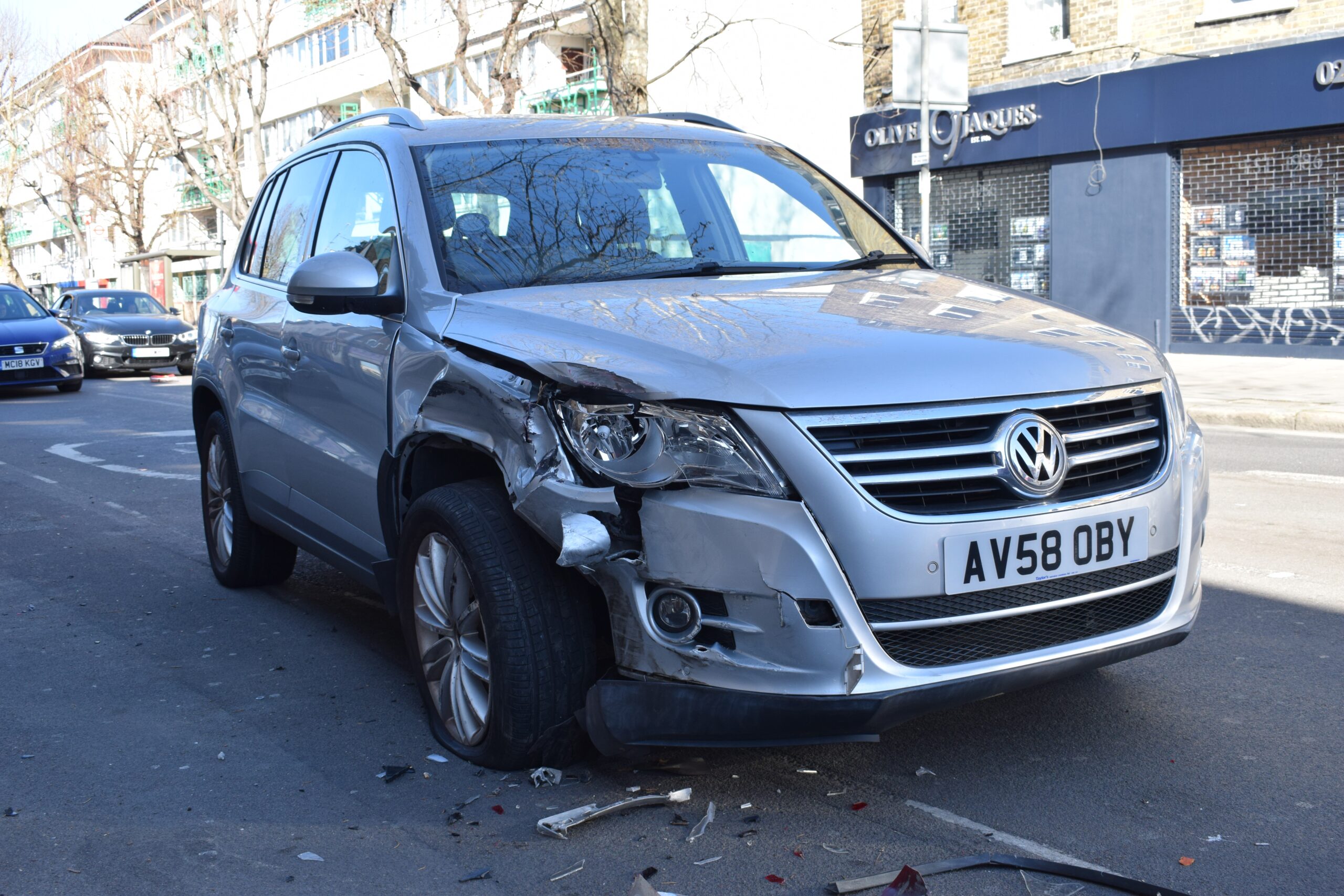Now Reading: How To Determine Fault On A Car-Bicycle Accident
-
01
How To Determine Fault On A Car-Bicycle Accident

How To Determine Fault On A Car-Bicycle Accident
As urban areas become increasingly congested, the chances of car-bicycle accidents occurring may also increase. These incidents may result in serious injuries or even fatalities. So, determining fault in such cases is crucial to ensure that the responsible party is held accountable for their actions and for insurance purposes.
With this, this guide aims to shed light on the intricacies of determining fault in car-bicycle accidents, providing valuable insights into the key factors that come into play. Read on.
- Recognize The Significant Traffic Laws And Regulations
The first step in determining fault in a car-bicycle accident is identifying the relevant traffic laws and regulations. Both motorists and cyclists are expected to follow traffic rules, including adhering to traffic signals, observing posted speed limits, and yielding to pedestrians. As such, when an accident occurs, it’s essential to evaluate which party, if any, violated these regulations.
Violations could include:
- Running a red light or stop sign
- Failing to signal a turn or lane change
- Driving or cycling under the influence of alcohol or drugs
- Not adhering to the posted speed limits
If it’s determined that one party violated traffic laws and caused the accident, they may be held primarily or entirely at fault. If you or someone you know has been involved in accidents while riding a bicycle, it’s recommended to hire a bicycle accident attorney as soon as possible. A legal professional can best assist you and will work vigorously on your behalf to assert your legal rights and ensure you get enough compensation for the damages.
- Identify The Person Entitled To The Right Of Way
Another critical factor in determining fault is establishing who had the right of way during the accident. Generally, the party who did not have the right of way is considered at fault. Some common scenarios where the right of way comes into play include:
- Intersections: The party arriving first at a four-way stop has the right of way. In cases where the parties arrive simultaneously, the one on the right has the right of way.
- Turning: Vehicles turning left must yield to oncoming traffic, including cyclists.
- Merging: When merging, vehicles must yield to traffic already on the roadway.
Understanding the rules of right of way and how they apply to various situations is essential for determining fault in car-bicycle accidents, ensuring that both drivers and cyclists share the road responsibly.
- Consider The Road Conditions and Surroundings
The road conditions and surrounding environment can also play a role in determining who’s at fault in a car-bicycle accident. Examples of factors to consider include:
- Poor visibility: Fog, rain, or other weather-related factors can impair visibility and contribute to an accident. In such cases, both parties may share fault if they fail to exercise appropriate caution.
- Road hazards: Potholes, debris, or other hazards can cause a cyclist or driver to lose control, resulting in an accident. If a hazard was a significant contributing factor, the fault may be attributed to the party that failed to avoid it or the responsible party for maintaining the roadway.
- Bicycle lanes: If a bicycle lane was present and a motorist encroached upon it, causing an accident, the motorist may be found at fault.
By taking these factors into account, you can better understand the circumstances of the accident and who may be at fault.
- Collect Witnesses and Evidence
Collecting witness accounts and evidence at the accident scene can be critical in determining fault. If possible, obtain the contact information of witnesses who saw the incident unfold. Their statements can provide valuable insight into the events leading up to the accident.
Additionally, gather evidence, such as photographs or videos of the scene, as well as any damage to the vehicles involved. This documentation can help establish the sequence of events and contribute to determining fault.
- Evaluate The Possibility Of Comparative Negligence
There may be cases wherein both parties share fault for the accident. In such scenarios, comparative negligence may be applied, which means that the fault may be apportioned between the involved parties based on the degree of their respective negligence. For example, if a cyclist failed to signal a turn and a motorist was speeding, both parties could be held partially responsible.
On the other hand, in some jurisdictions that follow the doctrine of contributory negligence, if a party is found to be even 1% at fault, they may be prevented from recovering any damages.
Essentially, it’s critical to be aware of the specific laws in your jurisdiction when evaluating faults in car-bicycle accidents, particularly involving comparative or contributory negligence. Moreover, seeking professional advice is recommended to help you understand your case fully.
- Acquire Legal Representation and Insurance Claims
Most importantly, after an accident, it’s advisable to consult an experienced attorney specializing in personal injury law or, specifically, car-bicycle accidents. They can provide professional guidance on determining fault and navigating the legal process. Your attorney can also help you gather evidence, interview witnesses, and present your case to the insurance companies or in court, if necessary.
The Bottom Line
Determining fault in a car-bicycle accident is a complex process involving a careful evaluation of traffic laws, right of way, road conditions, witness accounts, and other relevant factors. A thorough understanding of the accident’s circumstances and applicable legal principles is crucial for ensuring that the responsible party is held accountable and that any resulting insurance claims are handled fairly.
So, to ensure the protection of your rights and interests in the event of a car-bicycle accident, it is important to be aware of these factors. Moreover, if you or anyone close to you has been involved in such an incident, it’s highly recommended that you consult with a knowledgeable attorney to guarantee the best probable outcome for your case.










